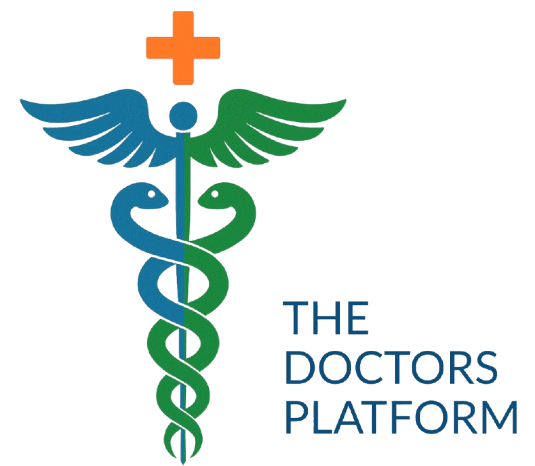Highlights
- The recommendations are derived from a 5-person editorial board composed of endocrinologists and gynecologists. They reviewed literature from 3 databases, including MEDLINE.
- Risk factors for osteoporotic fracture include a history of hip fracture in a parent, thinness (as defined by weight < 57.7 kg or body mass index < 21 kg/m²), more than 2 alcoholic drinks per day, current smoking and the use of glucocorticoid medications for more than 3 months. Heredity is the strongest predictor of peak bone mass in women.
- Women should undergo an annual examination for bone loss after menopause. This examination should include measurement of height and weight as well as an evaluation for back pain and kyphosis.
- Women who should be evaluated for bone mineral density include all postmenopausal women with medical causes for possible bone loss and any woman older than the age of 65 years. Women with significant risk factors for osteoporotic fracture (noted above) may be screened at ages younger than 65 years.
- DXA is the best means to assess bone mineral density and values for the total hip, femoral neck and lumbar spine should be measured, with the lowest score among these sites used to define the T- and Z-scores.
- Measurement of biochemical markers of bone turnover is generally not required in clinical practice.
- Vertebral fracture may be confirmed with DXA or vertebral height loss higher than 20% (or 4 mm) on spinal radiographs.
- Medications to treat osteoporosis may be used for postmenopausal women with a diagnosis of osteoporosis per DXA, an osteoporotic vertebral fracture or a T-score between -2.0 and -2.5 along with another risk factor for osteoporotic fracture.
- No studies to date have directly compared various agents for osteoporosis.
- Bisphosphonates are first-line therapy for postmenopausal women with osteoporosis. They reduce the risk for vertebral and nonvertebral fracture.
- Raloxifene may be considered in younger postmenopausal women. It has been demonstrated to reduce the risk for vertebral fracture, although its effects on other types of fracture are unclear. Raloxifene may reduce the risk for breast cancer, but it also increases the risk for thromboembolic events.
- Teriparatide, a recombinant human parathyroid hormone delivered via daily subcutaneous injections, can help postmenopausal women with severe osteoporosis. It has been demonstrated to reduce the risk for vertebral and nonvertebral fractures.
- Given its multiple systemic effects, estrogen therapy should not be used by women exclusively for its beneficial effect on bone.
- Calcitonin is not as strong as other agents in increasing the bone mineral density and it has less evidence of fracture prevention.
- DXA screening may be repeated in women without osteoporosis every 3 to 5 years, while the earliest interval for repeat DXA among women receiving osteoporosis treatment is 2 years.
- Most women require long-term treatment of osteoporosis.
This page is restricted. Please
Login /
Register to view this page.

